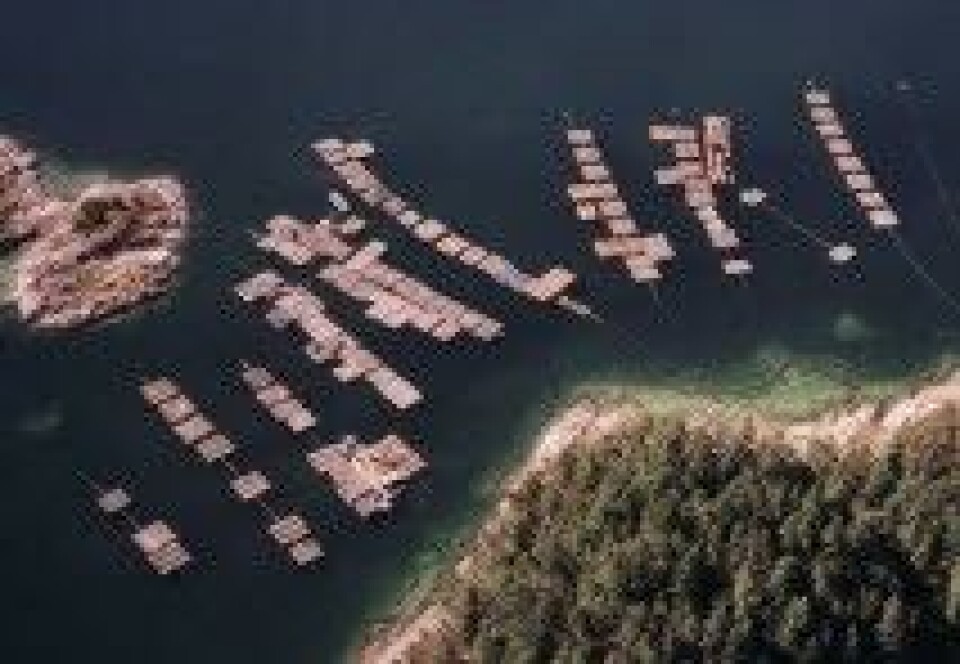
Modeling US mussels production
USA: Marine aquaculture, farming in the ocean, focuses on environmentally friendly and sustainable methods to cultivate marine biomass for human consumption. With funding from USDA's Cooperative State Research, Education and Extension Service (CSREES), a project team in Maine has measured the environmental impact of mussel rafts, an aquaculture method used to grow shellfish in coastal New England.
A press release from USDA explains that Carter Newell and John Richardson used a combination of field data and an advanced numerical model to determine how a variety of bivalves, including manila clams, geoducks and Pacific oysters, consume the particles that reach the ocean floor. The researchers conducted these studies in Puget Sound, Washington, and in Ireland.
The researchers
• Developed a customized user interface, including variables such as bathymetry (ocean depth), tidal elevations and speed, wind speed and direction, number of rafts, raft dimensions, rope spacing, rope length, rope diameter, mesh size and depth of predator net, particulate matter and water temperature. Output from the model predicts flow patterns through shellfish rafts, particle depletion caused by the shellfish rafts, shellfish biomass and mooring requirements. • Examined water velocity and direction and modeled how fouling and seaweed might affect these values, which could affect shellfish survival and growth. • Measured the concentration of chlorophyll to estimate food variability during tidal cycles. The data was compared to water filtration through the shellfish raft, based on the biomass of the shellfish. Model output using this information also produced a risk analysis related to site conditions and exposure to wave action. • Improved the models to include an aquaculture geographic information system, computer aided-design representation of aquaculture structures and improved software for shellfish growth and particulate matter depletion models.
Since the 1990s, mussel production using rafting aquaculture techniques has increased in Maine and Washington with more than 900 tons currently produced, according to the USDA press release. Mussel production has an economic impact of more than USD 5 million.
The model developed during this study can be used easily by sea farmers to make important decisions on mooring arrangements and raft modifications. The model output provides sea farmers with a new set of tools to choose productive sites and plan management strategies that take environmental sustainability into consideration.
CSREES funded this research project through the Small Business Innovation Research (SBIR) program.






















































